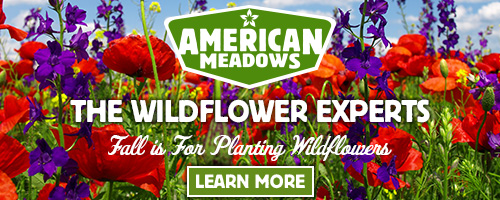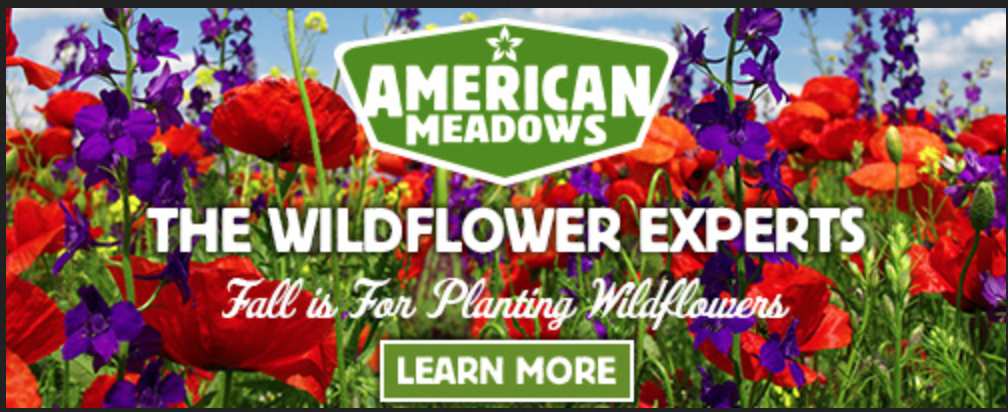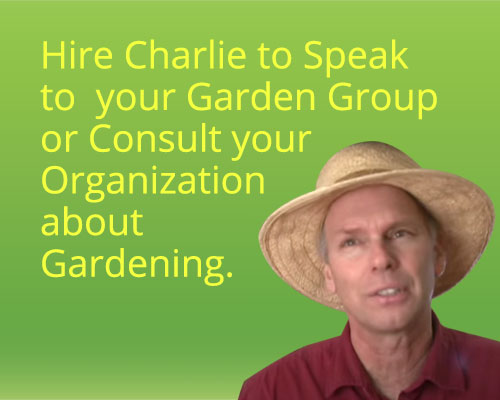Bulbs in a Pot, Tasty Majestic Chestnuts, Using Fallen Leaves and My Fall Gardening Show on Vt Public
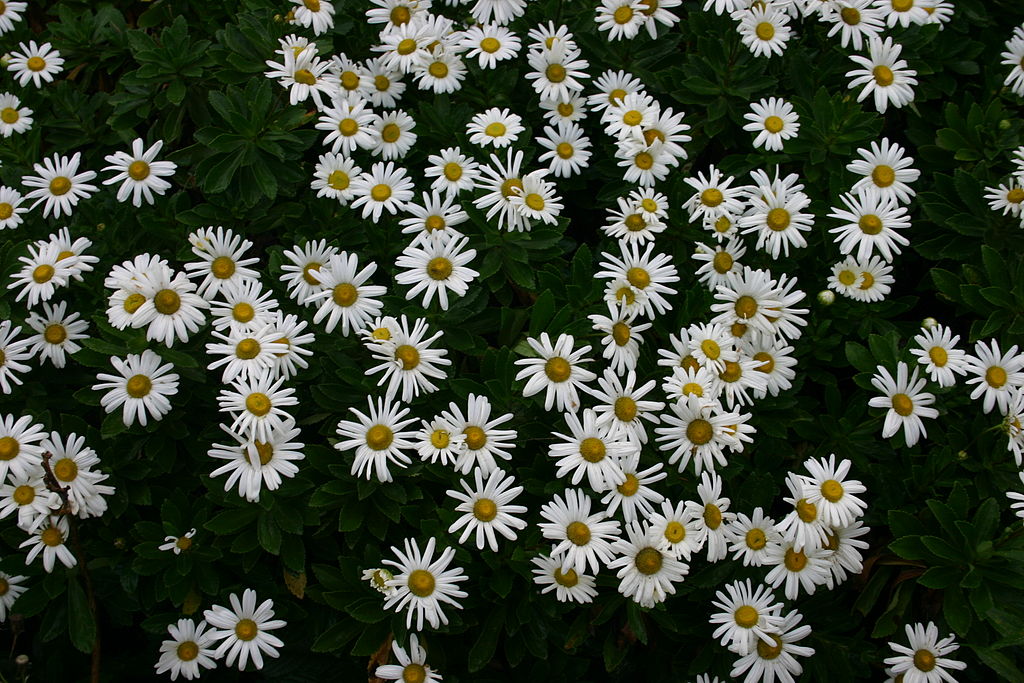
Right on cue, the weather in our zone 5, Vermont garden has turned into a true fall. The temperatures have dropped and we’ve even gotten some good, soaking rains so I don’t have to water my new trees and shrubs as much. I’ve been waiting for this cooler, wetter weather to plant our spring flowering bulbs. One technique to get a great bulb flower show in spring is to force bulbs in a pot. This is a good technique to use if you don’t have room to plant in the ground, or you just want to enjoy your spring bulbs a little earlier than normal. Read more about forcing flowering bulbs in a pot in this newsletter.
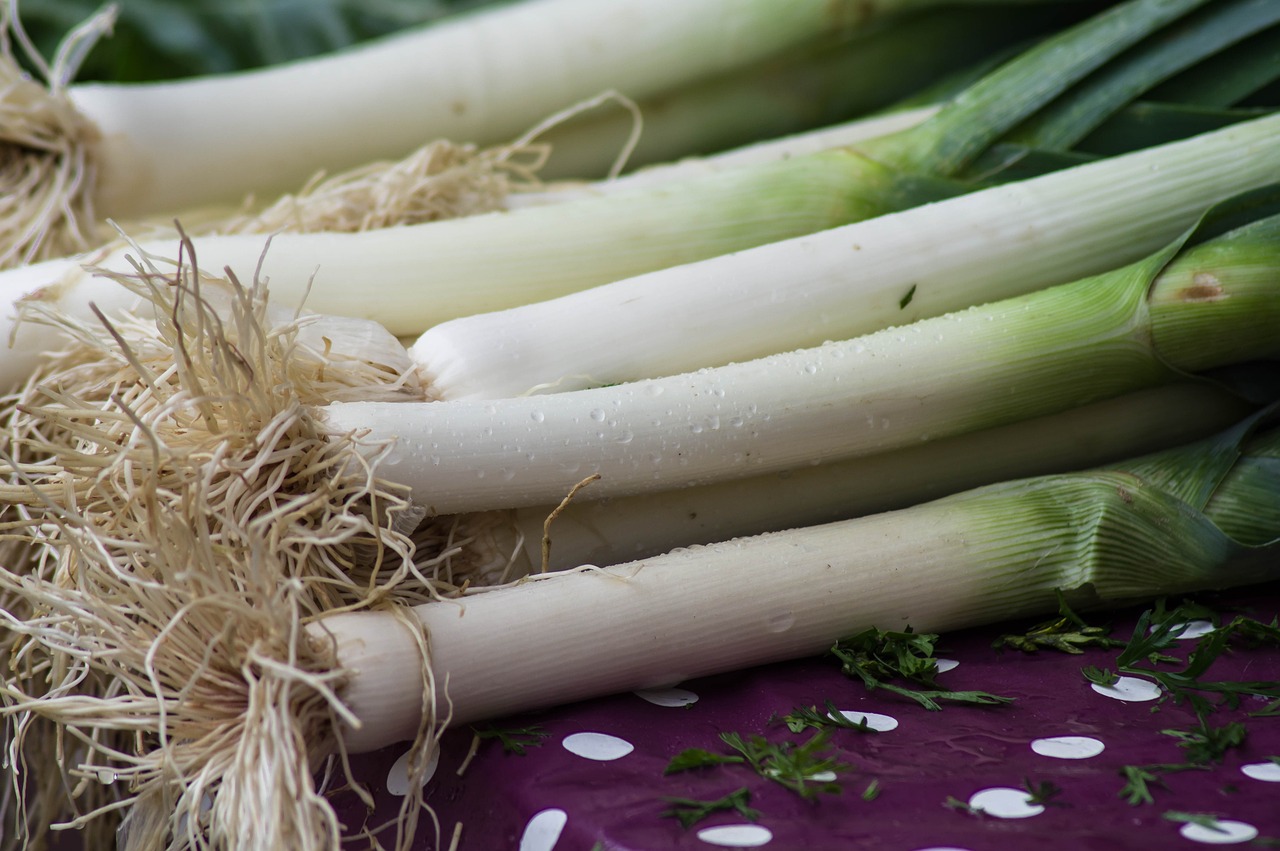
American chestnut trees used to grace Eastern forests from Georgia to Maine. Then the chestnut blight hit about one hundred years ago, wiping out this majestic tree. But you still can grow chestnut trees and harvest the tasty nuts. It’s all about variety selection. Let’s take a stroll down chestnut lane learning about varieties and ways to grow this important tree.
Everyone seems to be raking leaves in our area right now. They leaves are dropping fast and the temptation is to rake, bag and get rid of them. But leaves are important to your yard, trees, lawns and flowers. Let’s talk about why and how to keep your leaves in your yard.
I always have lots of questions that I try to answer on my weekly All ThIngs Gardening radio show on Vermont Public. You don’t have to live in Vermont to enjoy it. All the shows are recorded on-line as well. Every year I also do a few Vermont Edition shows to really get into the details of gardener’s questions. The difference is I have 1 hour on the Vermont Edition show, so I have lots of time for lots of questions. Watch this years Fall Gardening Show here to maybe get answers to some of your questions and to have some fun.
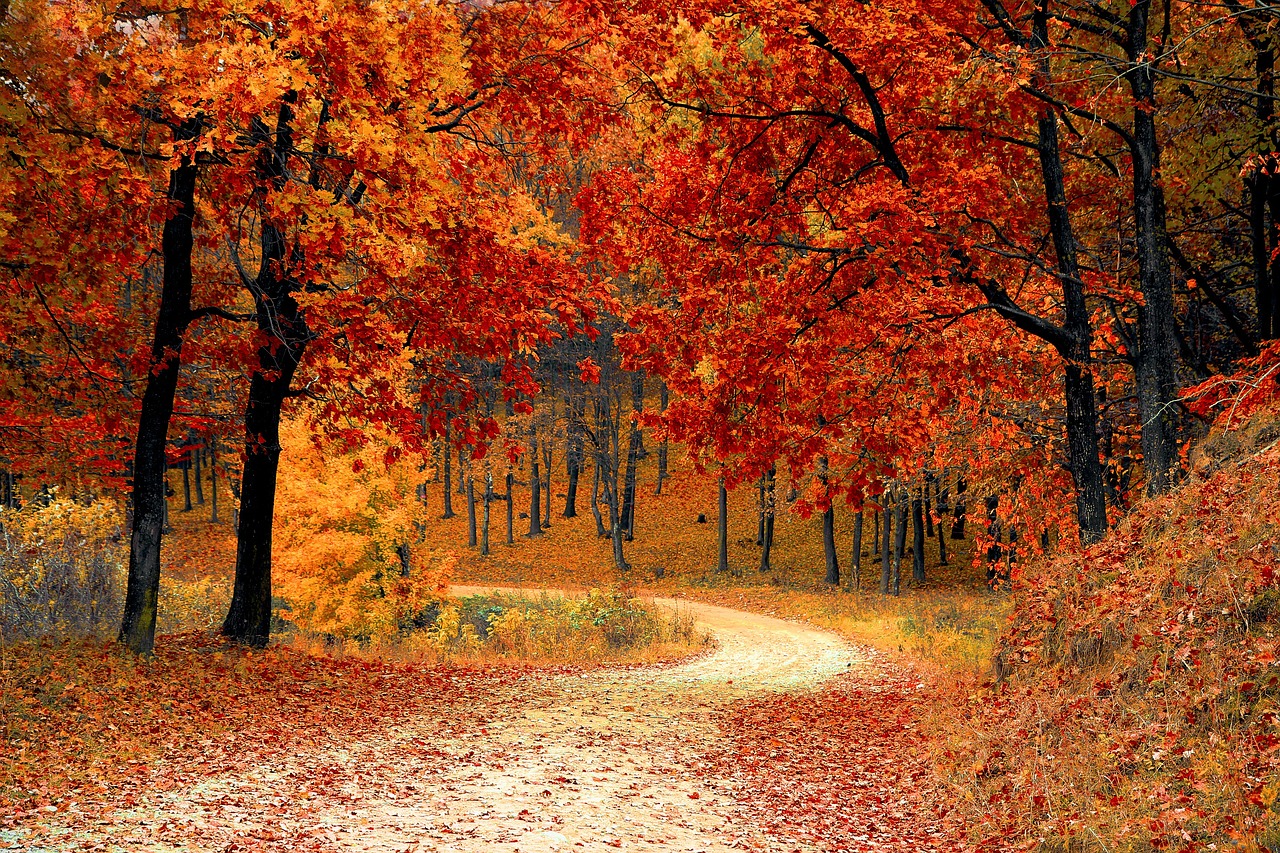
Also, remember to check out my monthly garden blog I write for Proven Winners called What’s Up North. The October blog features perennial flowers and shrubs that add to the colorful fall foliage show. Check out my blog on Color Up for Fall and learn about the best perennials and shrubs for fall color, whether it be from the foliage or the flowers.
Until next time I’ll be seeing you, in the garden.
Charlie
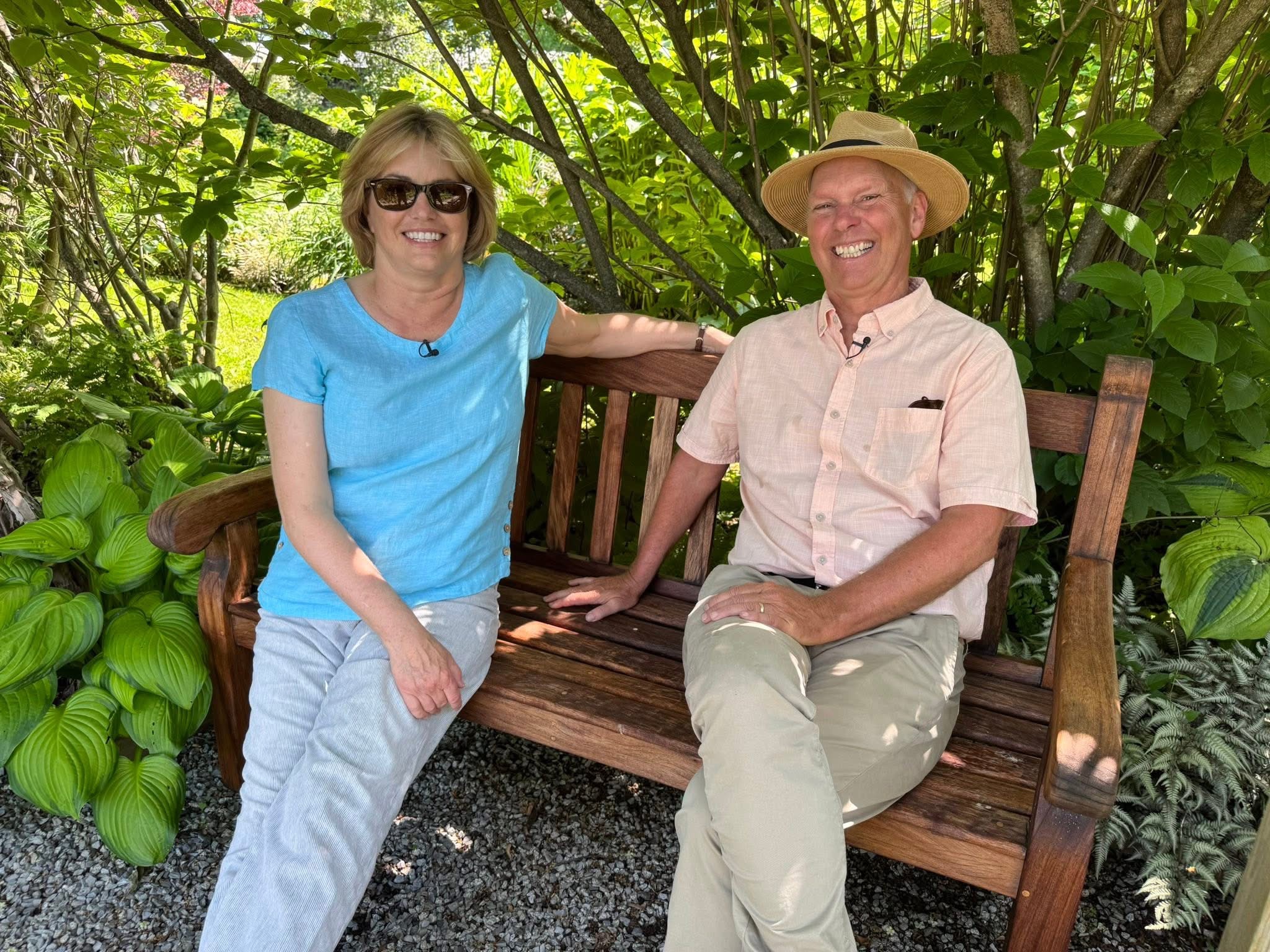
Where to Find Charlie: (podcasts, TV and in-person)
- In the Garden (WCAX-TV CBS) – This week: Drying Hydrangeas
- All Things Gardening on Vt Public Radio– This week: Carving Pumpkins
- WJOY In The Garden Podcast– This week: Planting bulbs, leaving the leaves, layering bulbs in pots, canning pumpkins and more
- Where’s Charlie Speaking? 2/12/26: Stowe Vermont Library- Vegetable Gardening
How to Grow: Bulbs in a Pot
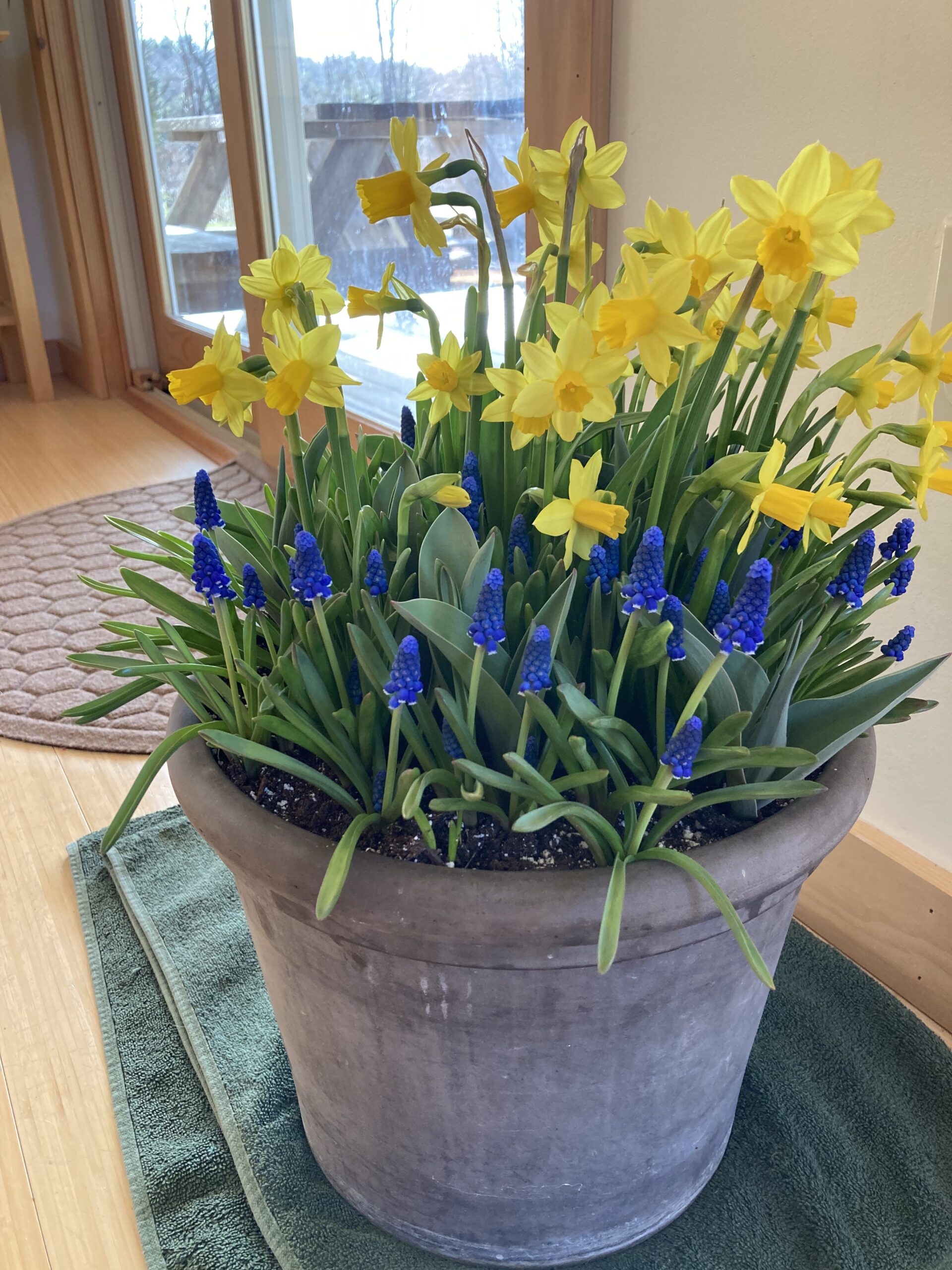
Spring flowering bubs are a delight to see in April and May. They inspire us to grow more and better gardens. But if you don’t have the time or room to plant spring flowering bulbs in the ground, why not try growing them in a pot? Growing bulbs in a pot saves space, allows you to decide when the bulbs bloom and adds color to balconies patios and decks in spring. So, let’s get started planting some bulbs in a pot.
The first step is to decide which bubs you’d like to grow. You certainly can plant all one type of bulb in a pot and grow multiple pots to have a diverse flower show. Most spring flowering bulbs are suited to pot culture. Another method is to layer your bulbs. By layering different types of bulbs in a deep pot, they will bloom at different times extending the flower season. Or you can plant different bulbs that bloom at the same time for complimentary colors.
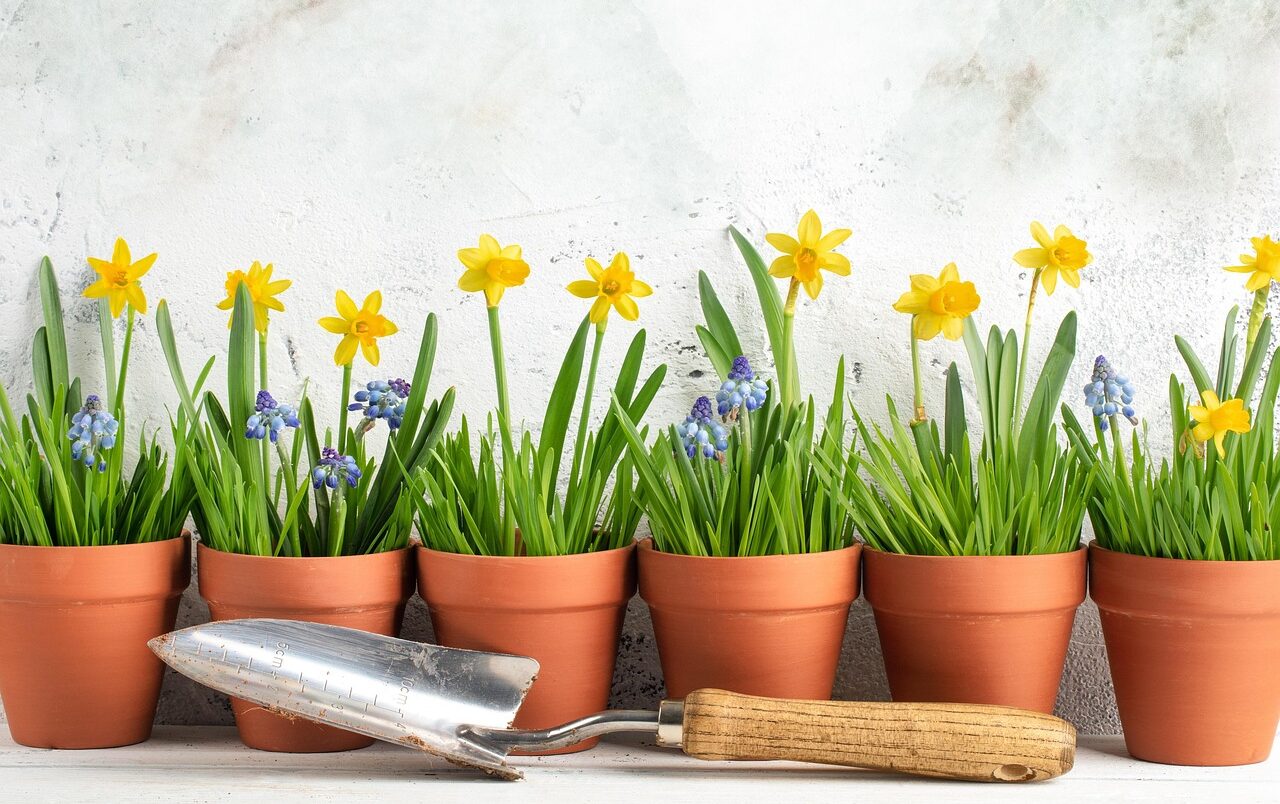 Let’s start with the pot. You’ll want a fairly large pot if you’re planting multiple bulbs. I’d say at least a 12 inch diameter clay or plastic pot is best with good drainage holes. Then it’s time to select your bulbs. Purchase some large, medium and small sized bulbs. Plant the bulbs at different depths depending on their size. You can also choose early, mid and late season flowering bulbs and either time it so they all bloom at once or stagger the flowering times. For large bulbs, daffodils and hyacinths are good choices. Plant these 8 inches deep in the potting soil in the pot. Cover with soil and next plant the medium sized bulbs, such as tulips and alliums, 4 to 5 inches deep. Cover these and finish with the small sized bulbs, such as crocus and grape hyacinths, planted only a few inches deep.
Let’s start with the pot. You’ll want a fairly large pot if you’re planting multiple bulbs. I’d say at least a 12 inch diameter clay or plastic pot is best with good drainage holes. Then it’s time to select your bulbs. Purchase some large, medium and small sized bulbs. Plant the bulbs at different depths depending on their size. You can also choose early, mid and late season flowering bulbs and either time it so they all bloom at once or stagger the flowering times. For large bulbs, daffodils and hyacinths are good choices. Plant these 8 inches deep in the potting soil in the pot. Cover with soil and next plant the medium sized bulbs, such as tulips and alliums, 4 to 5 inches deep. Cover these and finish with the small sized bulbs, such as crocus and grape hyacinths, planted only a few inches deep.
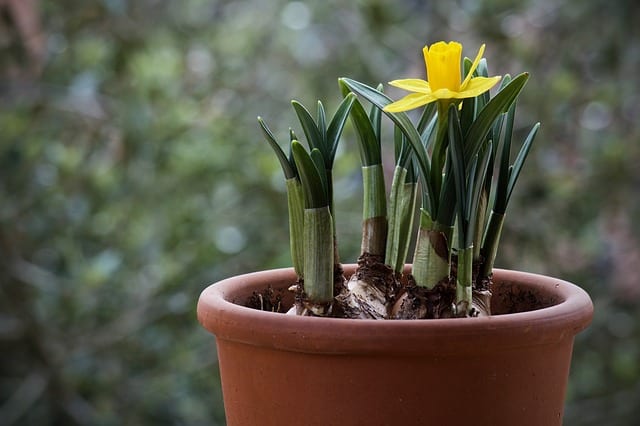
Water well and place the container in a dark, cool (35F to 45F) basement, shed or unheated garages for the winter. The bulbs will need 14 weeks of dormancy in the cold. By late February or early March either bring the pots indoors to a warm, sunny room to start growing or wait until April and put them outside to flower. The bulb flowers will last for weeks in your container. When finished, plant the bulbs in the garden for next year.
Watch, read or listen to more about growing Bulbs in a Pot here
How to Grow: Chestnut Trees
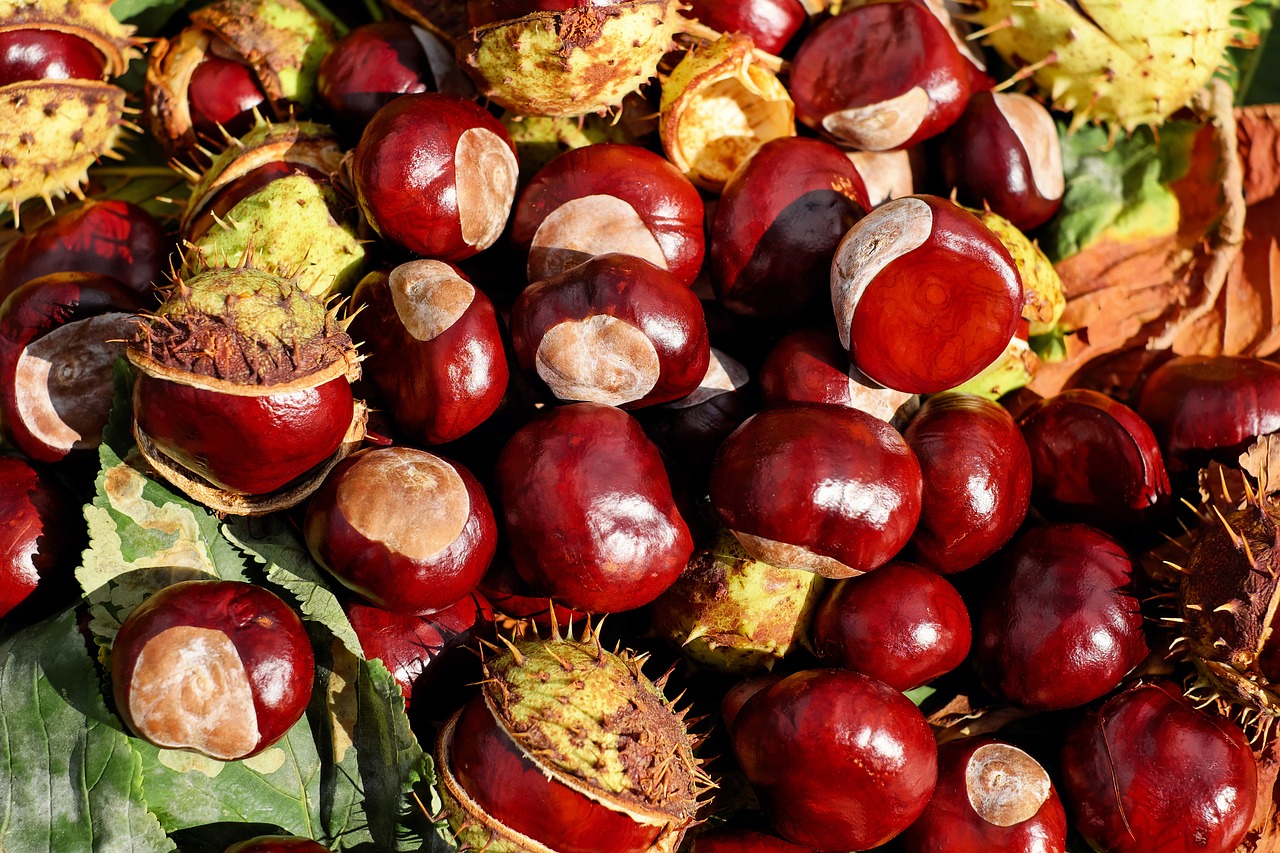
One hundred years ago chestnut trees graced the forests East of the Mississippi River. This large, majestic tree produced food for humans and animals, wood for ship and furniture making and habitat for a whole host of wildlife. Unfortunately, a foreign blight got into the forest and within a few decades all the majestic trees were gone. But the story doesn’t end there. There are efforts to breed blight resistance into American chestnuts with some land grant Universities and non-profit groups leading the way. Also, you can grow Asian x American chestnut crosses that do have good disease resistance and produce tasty nuts.
It’s important to grow chestnut varieties that are resistant to the disease. Many of the Chinese and Japanese, crosses and hybrids such as ‘Colossal’, ‘Dunstan’ and ‘Basalta’, are good choices. Make sure you have room to grow these trees. They can grow 25- to 35- feet tall and wide.
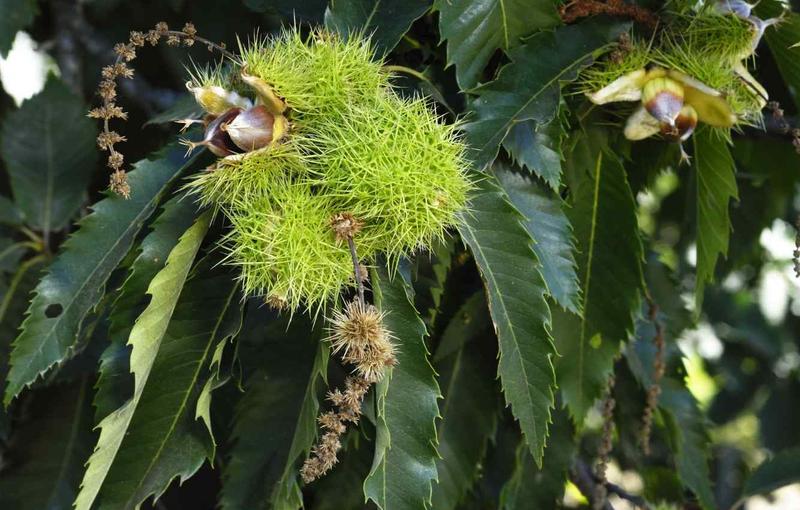
Chestnuts grow best in full sun on well-drained, loose, moist soil. I planted ours on clay soil, but raised the beds up higher. This seems to have helped, but they still aren’t growing as fast as they normally would. Keep young trees well watered. It may take up to 8 years to get your trees old enough to start fruiting. Another key is pollination. Chestnuts need at least 2 different, compatible varieties to produce fruit. Although they may start fruiting in year 5, it often takes until year 15 to get large crops.
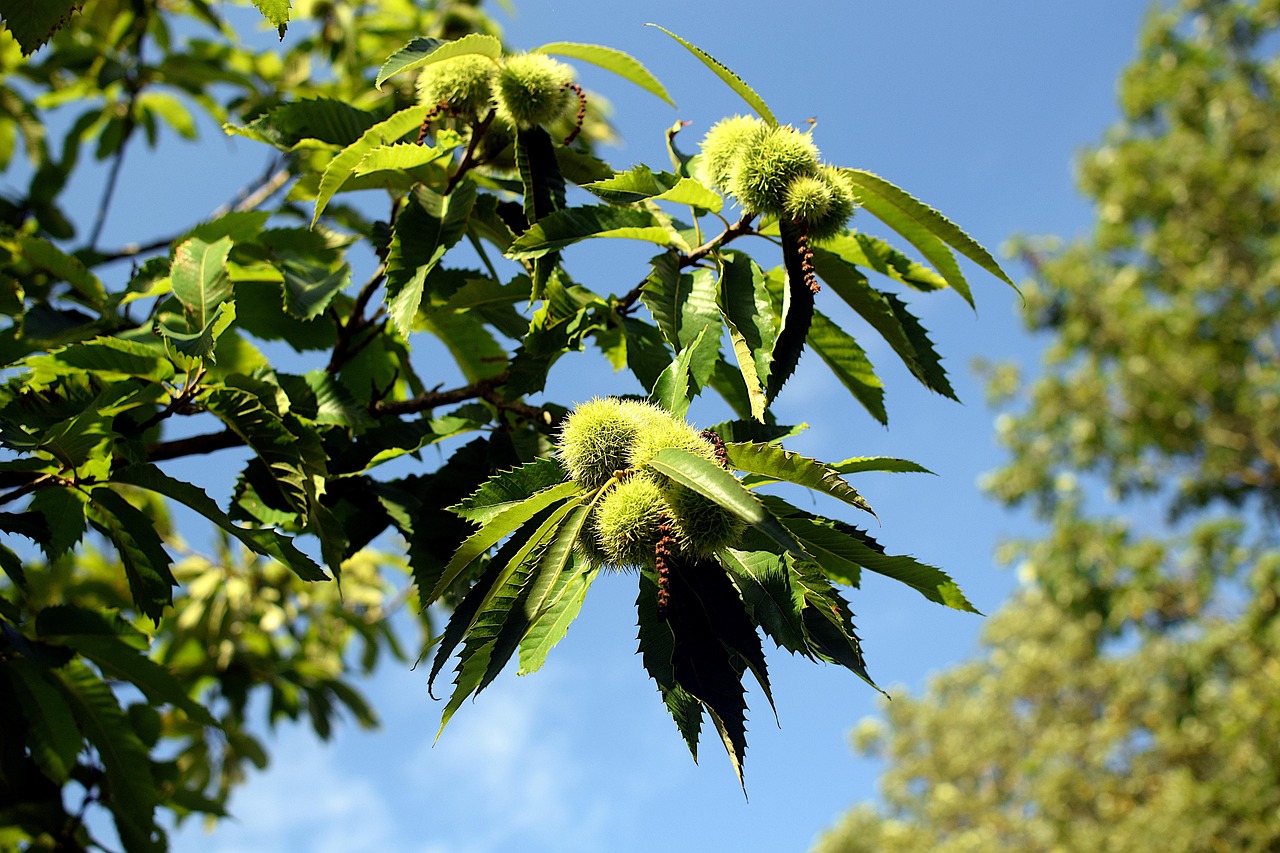
Disease resistant chestnuts have few pests, but it’s important to keep deer and mice away from the younger trees. I’ve lost a few trees to mice girdling the trunks in winter and deer browsing the branches. Use fencing and mouse guards to keep your trees safe. If you have the room, this is an important trees to grow for not only chestnuts roasting on an open fire, but also for all the animals and wildlife you’ll be helping. Think of it as a legacy tree that future generations can enjoy.
Learn more about Chestnuts here
Using Fallen Leaves
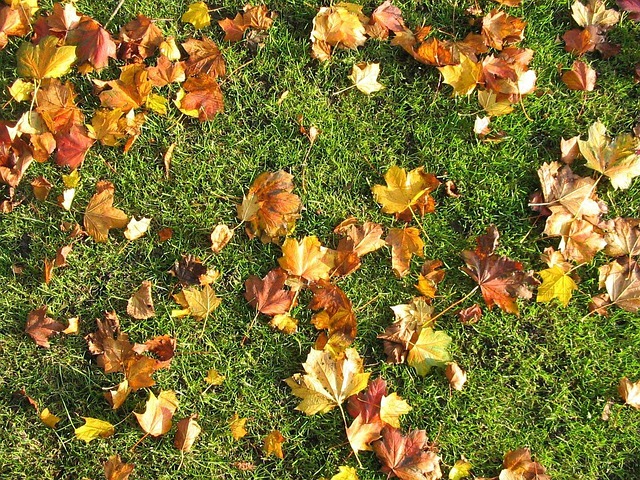
In spite of years of gardening education by many Universities and expert gardeners, I still see many gardeners raking up their fallen leaves, putting them in bags and shipping them off to the landfill. That’s a shame. Fallen leaves are an important part of your yard and garden. The leaves decay and feed the trees, lawn grass, gardens and insects. They provide a home for overwinter insects that may be important for pollination and insect controls. And the excess leaves can be used to winter to protect tender perennials, roses and other plants. They can also be made into leaf mold by allowing them to rot for a few years.
The first step is to learn to leave the leaves. If you only have a few inch thick layer on your lawn, leave them. Think of the forest and how thick those leaf layers are. That should be a guide. Leaves provide food for soil creatures and an overwintering home for beneficial insects. Recent research at the University of Maryland showed that lawns that had leaves left in fall, harbored 45% more butterfly and moths, 56% more spiders and 24% more beetles in spring than lawns that were raked bare of leaves. Many of these insects are critical to our garden’s health. Mowing the leaves was just as bad as raking them.
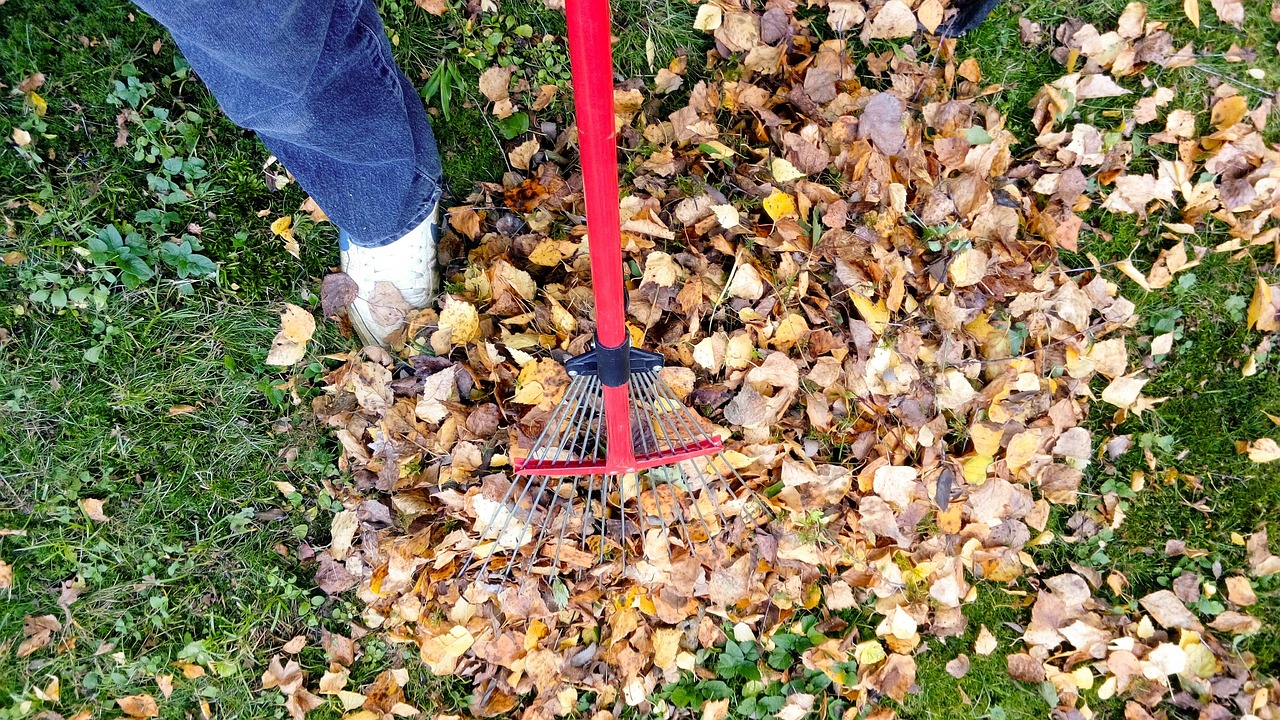
If you have more than a few inches of leaves on the ground, collect the excess and use them in the garden. By moving the leaves to areas, such as flower gardens, you’re also moving the overwintering insects. It’s a way to inoculate your soil with good guys. You can take some leaves and shred them to be used to protect tender perennials such as lavender and roses. And you can make a leaf mold pile that will rot down and create fertile compost in a few years.
So leave the leaves and use them wisely in your yard.
Learn more about Using Fallen Leaves here
In Our Garden: My Fall Gardening Show on Vermont Public

In the course of a gardening year, I answer hundreds of questions on my radio shows, TV show and in-person. It’s satisfying to help people be better and more successful gardeners. One show that I’m on a few times a year really packs a punch for answering questions. It’s Vermont Public’s Vermont Edition, hour-long, daily, radio show. Twice a year I not only am on the show answering questions that come in via the phone, text, emails, and direct messages, we also have alive studio audience there to ask more questions. This fall I covered topics such as voles and moles, overwintering plants, lilacs dying, and why plants failed.
It’s a show with lots of information shared, and also fun exchanges between Mikaela Le Frak (host of Vt Edition) and myself. We keep the ball rolling answering as many questions as I can in one hour. This year Vermont Public recorded, not only the audio of the show, but video as well. So, come along and enjoy some fun conversations about this year’s successes and struggles in the garden.

